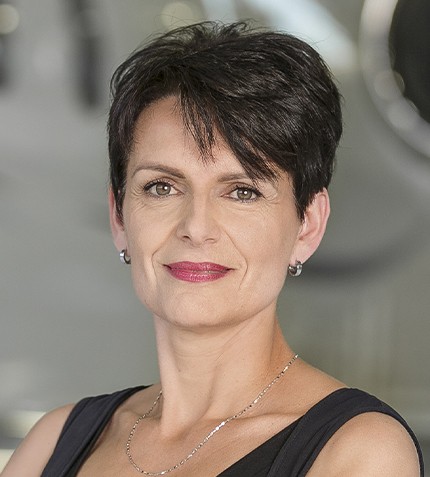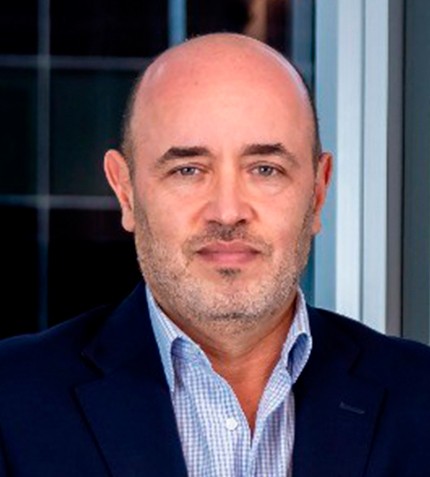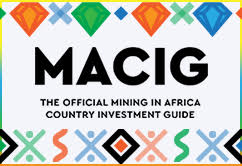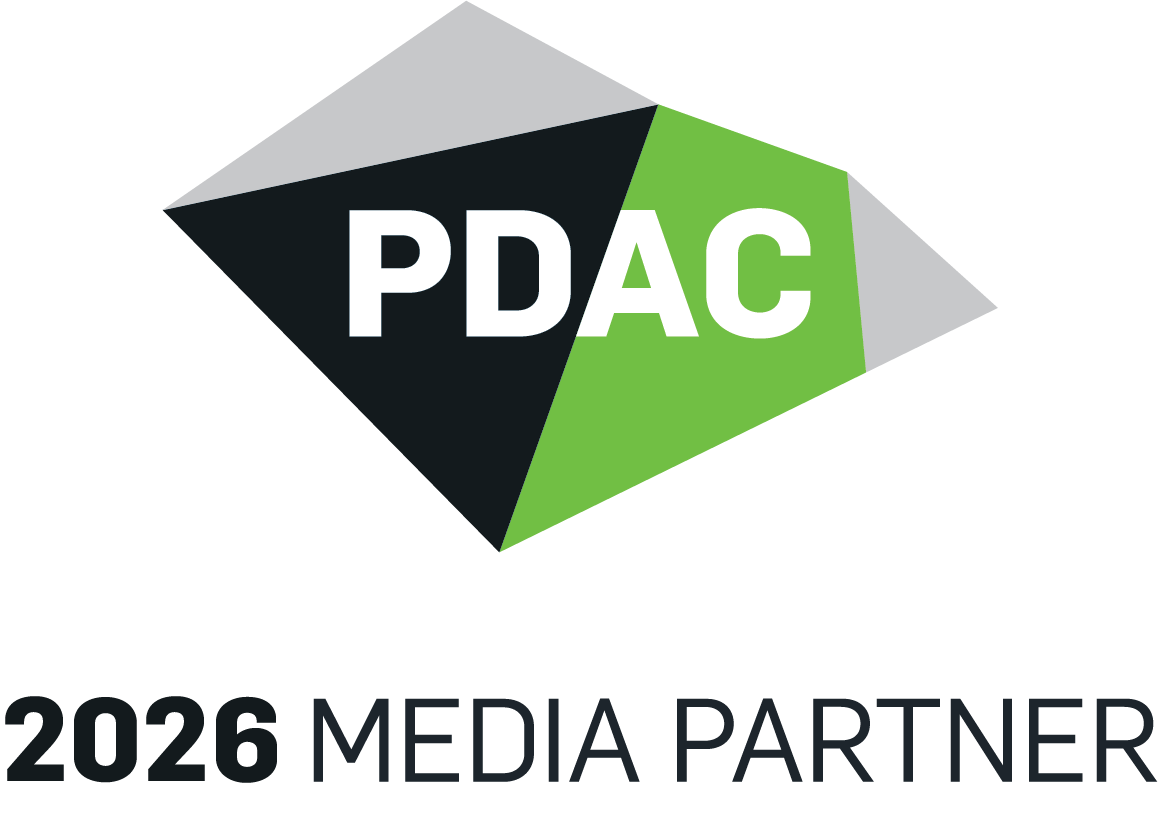SEARCH RESULTS FOR:

Nathalie Tousignant
PRESIDENT, OCTANT AVIATION
"Projects can range from planning the construction of a runway, organizing transportation logistics, selecting appropriate air carriers, or even just supporting on-site operations on a regular basis."

Leon Goosen
CHIEF EXECUTIVE OFFICER, BELL EQUIPMENT
"We next aim to have a fuel-agnostic product that can handle hydrogen as well as diesel or LNG to meet carbon targets."

Demetrios Papathanasiou
GLOBAL DIRECTOR, ENERGY AND EXTRACTIVES GLOBAL PRACTICE, THE WORLD BANK
"The global efforts towards diversified and resilient supply chains create opportunities for African countries to capture more economic activity on the continent and create good-paying jobs."

Olivier Grondin
CHAIRMAN, AEMQ (QUÉBEC MINERAL EXPLORATION ASSOCIATION)
"Everybody wants electrification, and we need to convey that sustainable mining for critical minerals is the biggest part of this transition, and one of the best places in the world to do it is in Québec."

Lee Cheun Wei
MD / GROUP CEO, ANCOM NYLEX BERHAD (ANB)
"Ancom is one of the only herbicides synthesizers of certain active ingredients for crop protection in the region."

Alex Soeriyadi
BUSINESS DEVELOPMENT MANAGER, SALIM AGROCHEMICAL
"Salim Agro has doubled its size in the last decade and we anticipate further growth coming from two key pillars: the increased usage of crop protection in the domestic market, and capturing more export markets."

David Bradley
CO-OWNER, RJLL
"What has prompted this aggressive growth strategy is the demand we see in the market for underground drilling services as increasingly more of our clients are going underground."

Maïté Blanchette Vézina
MINISTRE DES RESSOURCES NATURELLES ET DES FORÊTS, GOVERNMENT OF QUÉBEC
"People want ethical mining, and that is what Québec offers."

Fernando Martínez
GERENTE GENERAL, AVIS MAREAUTO
“Estamos presenciando una migración significativa hacia el renting, impulsada en parte por la creciente competitividad. Los clientes optan por no adquirir activos y prefieren contratos de arrendamiento, con la posibilidad de cambiar de activo durante cierto tiempo.”

Marcelo Awad
EXECUTIVE DIRECTOR, CHILE, WEALTH MINERALS
"Lithium mining will bring taxes and royalties to the government at a massive scale, dramatically increasing the quality of life for all Chileans."










